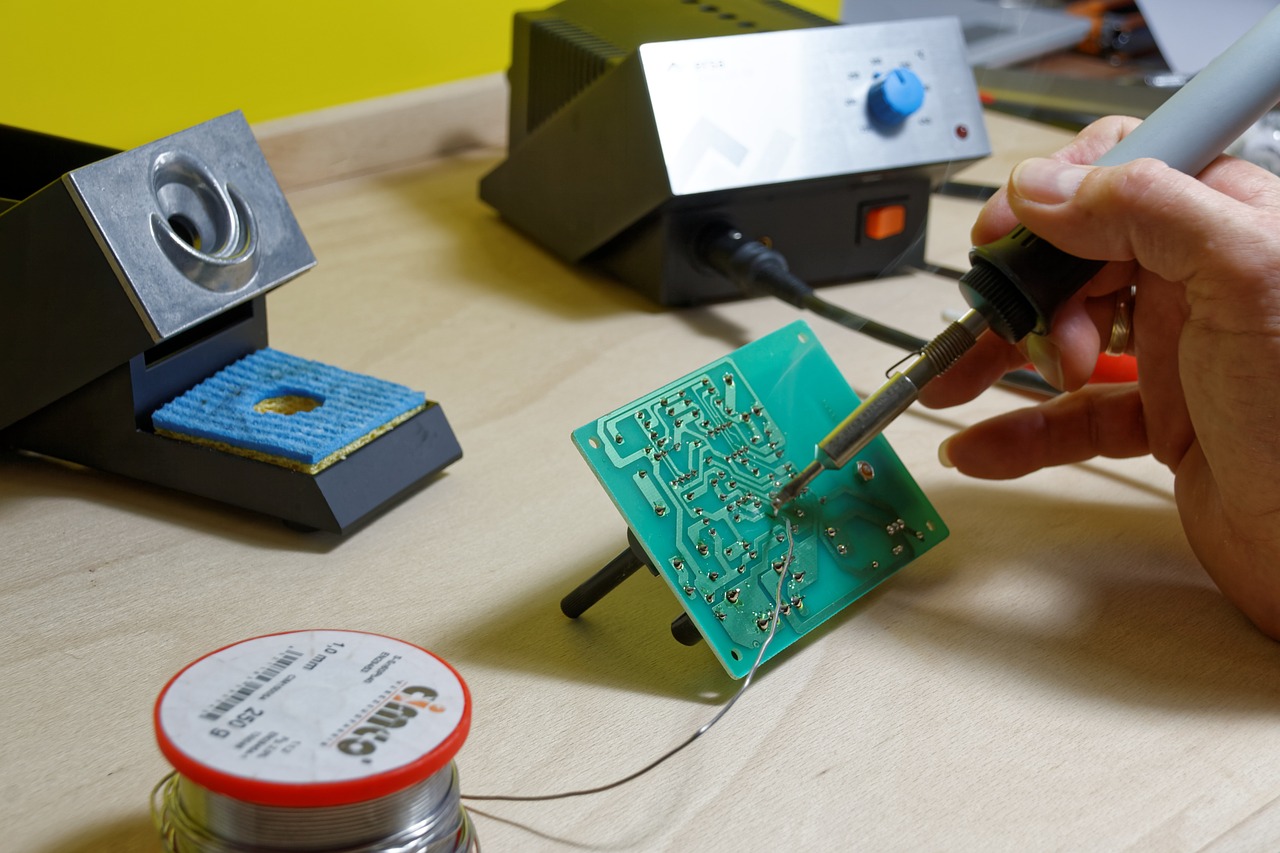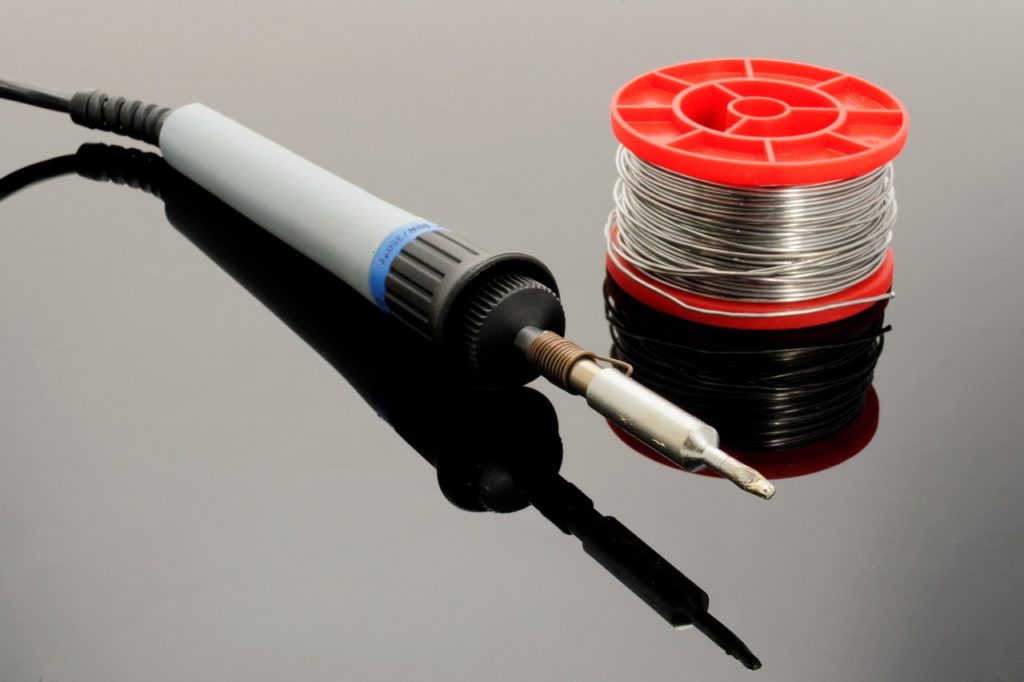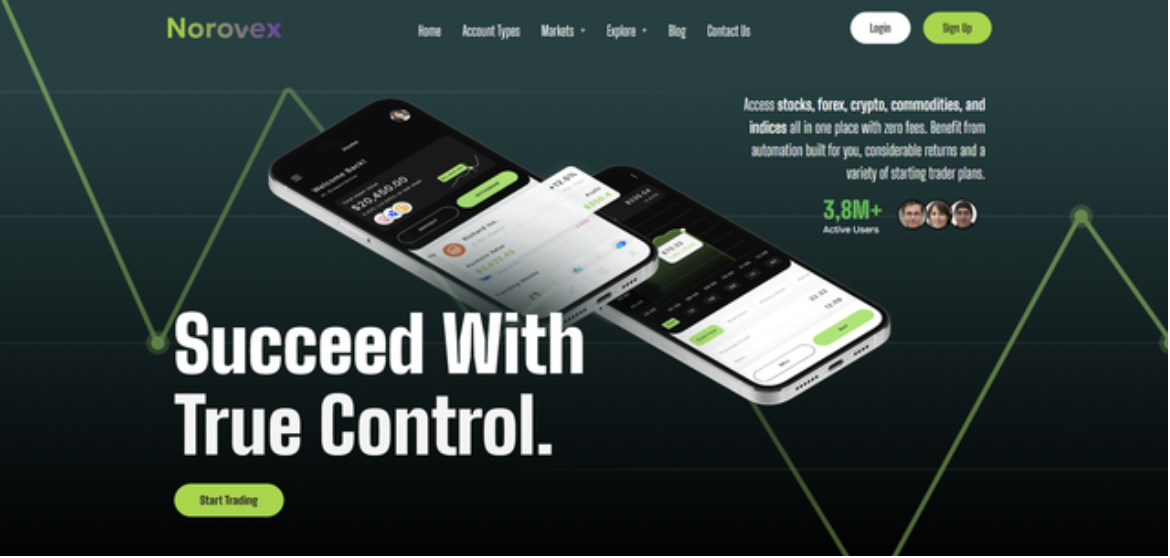Tech
What You Should Consider Before Buying Your Next Soldering Iron Kit?

The average person might use a soldering iron here and there for some woodburning projects, while others who solder frequently need a good soldering iron kit. If you belong to the second group of people, your priority should be to get the best soldering kit for the money you pay.
Let’s start by describing what a soldering iron kit is so that it becomes easier for you to pick the best one for your needs.
What is a soldering iron kit?
A soldering iron is a small pen-like tool, which is essential for many hobbyists and expert technicians. It can be used to build circuit boards, make jewelry, fix electronics, and create DIY arts and crafts. You need enough skill and precision to fuse two metallic materials. That is why it takes some time and patience to perform projects using a soldering iron kit.
Nowadays more traditional soldering iron kits have almost become obsolete even for small home repairs. You can now rely on more advanced and smarter soldering irons at affordable prices.
The equipment you can pick for your soldering needs includes the following tools: a soldering pen and soldering iron accessories. Among some of the essential accessories, you should pay attention to picking the best soldering tips.

As you can imagine, one of the most critical elements of a soldering iron kit is the electrical solder. So that’s why we want to dig deeper into some of the features you should look for in your next soldering iron:
- Temperature control: you should not underestimate this future. All soldering irons might seem the same, but each one of them requires a different temperature based on how you plan to use it.
- Wattage: we recommend you choose a soldering iron with at least 30 watts of power. If you pick soldering irons with low wattage, they will take longer to heat up. That also means they will not be consistent in keeping the same temperature for an extended period.
- Holding stand: soldering is an activity that requires a lot of patience and attention. We are not robots, so you might need to take a break here and there. A holding stand is important because it is a place where you can put down the hot iron while you work.
- Tip compatibility: the soldering tips should be replaceable. That is why your soldering iron must be compatible with a whole range of tips. You can buy tips with different sizes based on the types of jobs you will use them for. Don’t forget about the price of soldering tips. For some soldering irons, you can only use the tips from the same brand. Keep that in mind so that you can avoid spending a fortune in the long run.
- Applications: do you need a soldering iron to perform some occasional repairs or small jobs? Do you use it to build and solder your circuits? You should consider different features based on how and how often you plan to use your soldering iron.
Our recommendation
You need to search for soldering iron kits on Google to realize how many options are available on the market. If you want to start soldering as soon as possible, we highly recommend you buy a soldering iron kit from MINIWARE. Since the soldering pen is one of the most crucial components of your kit, let us introduce you our top pick: the TS80 Soldering Iron from MINIWARE. The TS80 is a smart soldering iron with a USB Type-C interface and QC3.0 standard input. It is equipped with an OLED screen so that you can check the status of your soldering iron at any time.
Soldering isn’t particularly difficult. You need to focus, keep a steady hand, and be safe. A good soldering iron kit from MINIWARE will make your life as a professional or amateur welder much easier.
Tech
Norovex Mobile Trading: The New Edge for Aussie Investors

Australia has always been a nation of savvy traders—whether it’s equities, commodities, or the fast-moving crypto market. With markets increasingly global and the world operating 24/7, Aussie traders are shifting rapidly toward mobile-first trading, where timing and execution matter just as much as strategy.
That’s where Norovex steps in. Designed for traders who need real speed, clean usability, and access to global markets at any hour, Norovex’s mobile platform is gaining traction among Australian investors looking for a modern edge.
Let’s explore why Norovex is becoming a standout choice for traders across Sydney, Melbourne, Perth, Brisbane, and beyond.
A Platform Made for Australia’s Fast-Paced Trading Style
Australian traders don’t just follow markets—they follow multiple markets:
- Crypto runs 24/7
- US stocks open overnight
- Asian markets move early
- Forex never sleeps
Norovex’s mobile platform is built precisely for this reality.Whether you’re checking charts over your morning flat white or monitoring crypto swings late at night, the app gives you:
- Live pricing
- Fast execution
- Smooth charts
- Full market access
- Instant notifications
It’s designed for traders who don’t want to miss an opportunity—no matter what time zone drives it.
Crypto Trading on Mobile: A Strong Match for Australian Traders
Australia has one of the highest crypto adoption rates globally, and Norovex caters directly to that demand.The platform offers:
- Bitcoin, Ethereum, and a wide selection of altcoins
- Margin trading for amplified opportunities
- Real-time volatility alerts
- Tight spreads even during peak market moves
For Australian traders who love catching dips during US trading hours or riding weekend altcoin momentum, Norovex’s mobile app provides the kind of speed and fluidity these markets demand.
Trade Global Markets From Anywhere in Australia
Beyond crypto, Norovex gives Aussies access to:
- Forex (majors, minors, exotics)
-

 Tech5 years ago
Tech5 years agoEffuel Reviews (2021) – Effuel ECO OBD2 Saves Fuel, and Reduce Gas Cost? Effuel Customer Reviews
-

 Tech6 years ago
Tech6 years agoBosch Power Tools India Launches ‘Cordless Matlab Bosch’ Campaign to Demonstrate the Power of Cordless
-

 Lifestyle6 years ago
Lifestyle6 years agoCatholic Cases App brings Church’s Moral Teachings to Androids and iPhones
-

 Lifestyle5 years ago
Lifestyle5 years agoEast Side Hype x Billionaire Boys Club. Hottest New Streetwear Releases in Utah.
-

 Tech7 years ago
Tech7 years agoCloud Buyers & Investors to Profit in the Future
-

 Lifestyle5 years ago
Lifestyle5 years agoThe Midas of Cosmetic Dermatology: Dr. Simon Ourian
-

 Health7 years ago
Health7 years agoCBDistillery Review: Is it a scam?
-

 Entertainment6 years ago
Entertainment6 years agoAvengers Endgame now Available on 123Movies for Download & Streaming for Free
